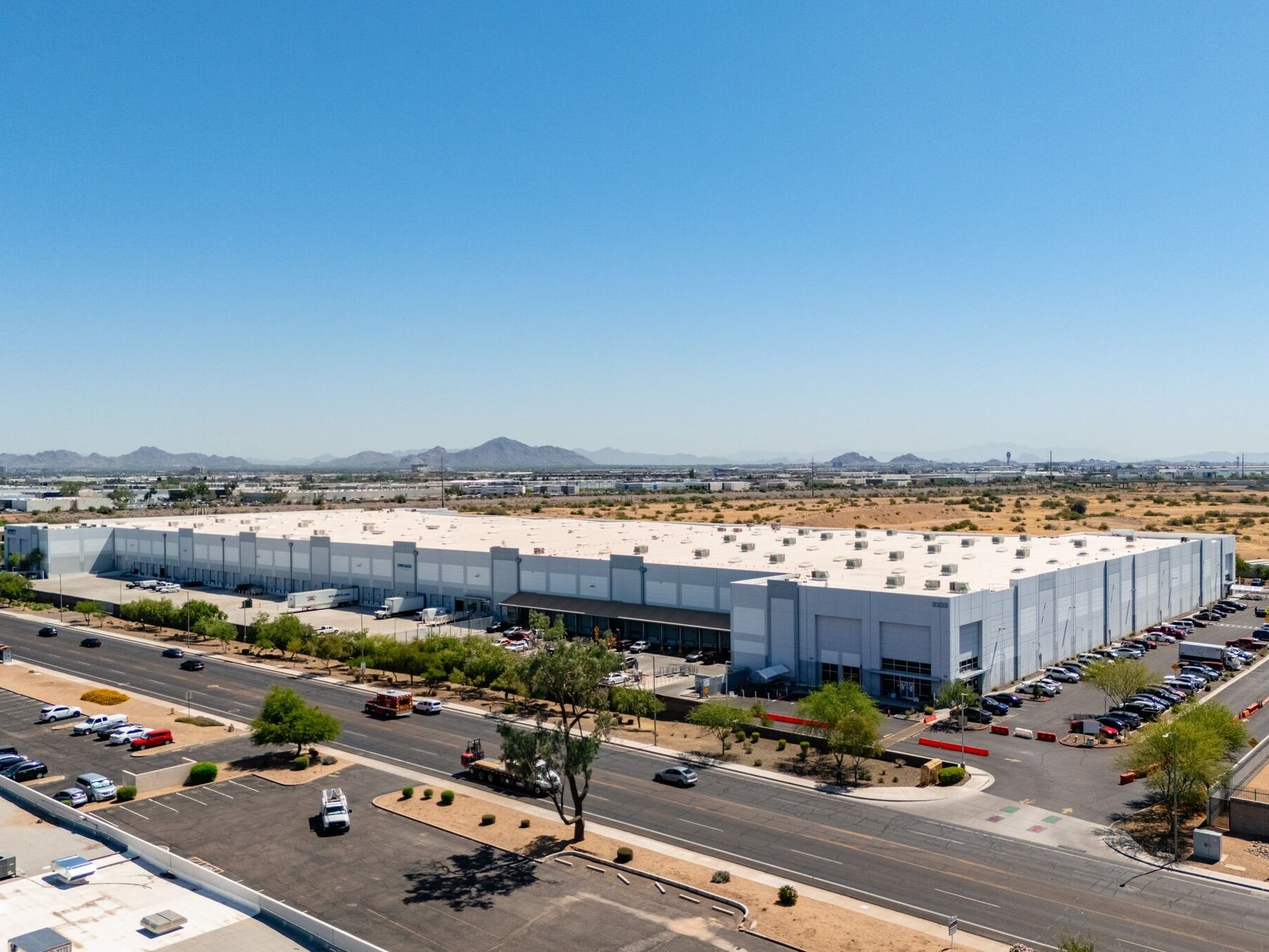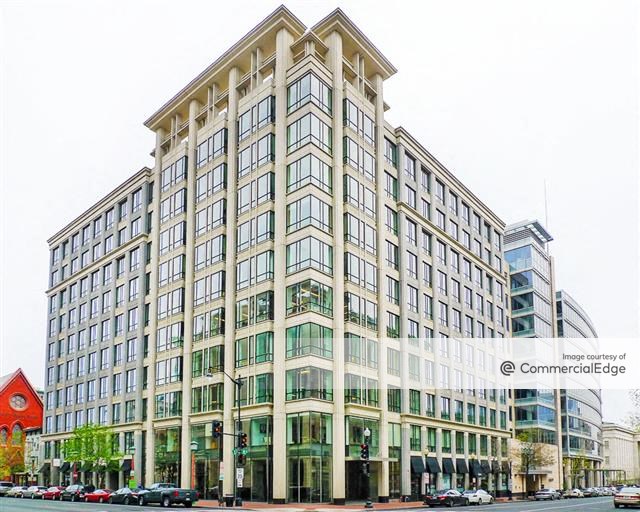Evaluating the Risks of Rising Interest Rates for CRE
Now that the Fed has raised rates, what can real estate investors expect?

Richard Rennell
In mid-February, the Mortgage Bankers Association released numbers for commercial and multifamily mortgage originations for the fourth quarter of 2021, indicating the last quarter was a record end to a record year of lending on commercial and multifamily properties. MBA’s quarterly numbers demonstrated a 79 percent increase in originations year-over-year and a 44 percent increase over the previous quarter.
The organization cited rebounding property fundamentals, record sale transaction volume and low interest rates among the reasons for the jump. Looking forward into 2022, however, rising interest rates have become an industry reality and one that has experts evaluating impacts on the commercial real estate finance arena.
January’s 7.5 percent year-over-year inflation number marked the biggest gain since 1982 and essentially cemented 2022 interest rate hikes. Federal Reserve officials have recently been calling for a measured response to growing inflation. The Fed did indicate they’d start raising rates in March, however signaled that the initial rate increase may potentially be smaller than current investor expectations, and has pushed back on the idea that central bankers would bump rates up between meetings.
Commercial and multifamily real estate investors, which have been enjoying a long run of low interest rates, are currently experiencing a bit of shock. While COVID-19 didn’t help the industry, rates during the pandemic had fallen to an all-time low and transactions, whether sale or refinance, continued at a strong pace. As long as properties were performing, borrowers were looking for strategic refinance opportunities, with some even pre-paying loans early to take advantage of the current market environment.
With rates now set to rise, however, an urgency has set in and investors are feeling a bit cautious. There’s still ample capital, including 1031 exchange-based, family money or institutional funds, available for investment, but rising rates are expected to get investors focused on deploying their capital more quickly. They’ll also be looking for higher returns on their investments.
Participants will continue looking for opportunistic buys. Cap rates, unfortunately, are not likely to change much because available product is still limited—a fact that has already been driving cap rate compression down. These factors mean many investors will have to settle for a lower levered return.
Freddie Mac and Fannie Mae, along with conduit finance providers, are all adjusting to interest rate increases. In all cases, finance rates have increased. Notably, Freddie Mac’s Small Balance Loan Program, which provides debt solutions for market rate and workforce housing apartment properties nationwide, has recently announced some pricing increases. But even those have stayed below the pricing increases exhibited in traditional agency and CMBS spread based lending. Freddie Mac SBL borrowers also benefit from a 35-business-day rate lock hold at no additional cost.
Separately, Fannie Mae just increased its pricing, however, recognizing the rising rate environment, has also introduced some additional discounts, especially to highly affordable transactions, to ensure finance transactions continue. Both Freddie and Fannie are taking actions to ensure liquidity remains in the workforce and affordable rental housing sectors.
Where some borrowers were prepaying their loans during the first two years of the pandemic, that is likely to taper off. One possible exception is with borrowers with yield maintenance prepayment penalties. In some instances, the Treasury rising is ironically good for borrowers interested in prepayment options.
In the CMBS arena, the market is making a comeback, despite rate increases. COVID-19 had dramatically reduced loan volume and its now back on the rise. Certain asset classes, such as industrial, self-storage, multifamily and manufactured housing, are still inevitably better suited for conduit financing and will be more desirable in securitizations. Office, retail and hospitality remain less attractive to both lenders and the securitization market, however transactions will get done at a premium.
Ultimately, the Fed’s expected rate bumps will leave us with an interest rate environment we were previously accustomed to, and the industry will simply need to adjust. Apartment and commercial property acquisitions will continue, with financing available for refinance opportunities as well. The business of real estate will push on, but buyers of commercial assets will no longer be able to overpay for properties—an important consideration for sellers. All of this will encourage investors to move more quickly on acquisitions that they need, or simply want, to make.
Richard Rennell is managing director, Sabal Capital Partners.







You must be logged in to post a comment.